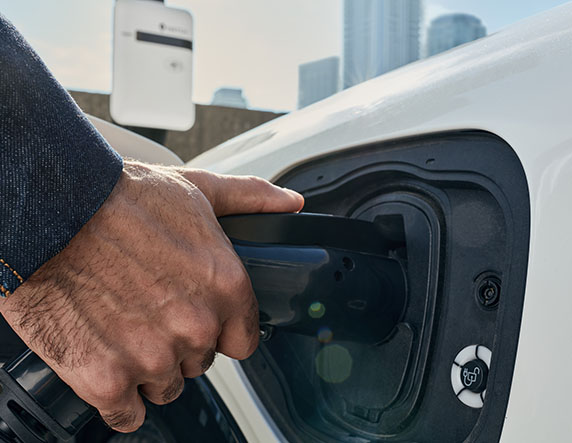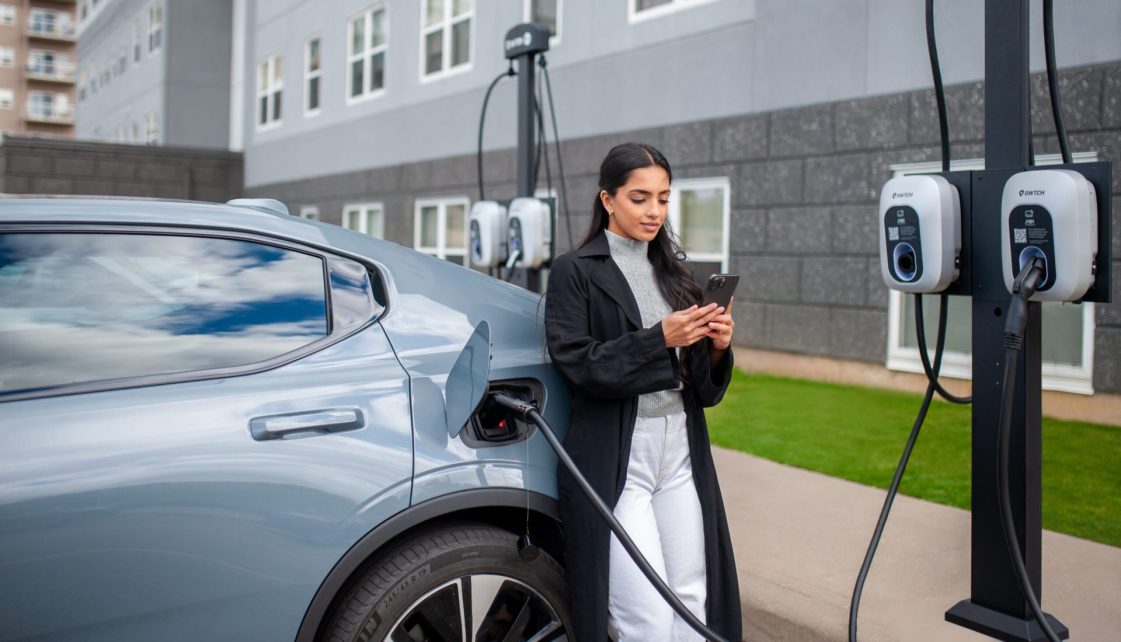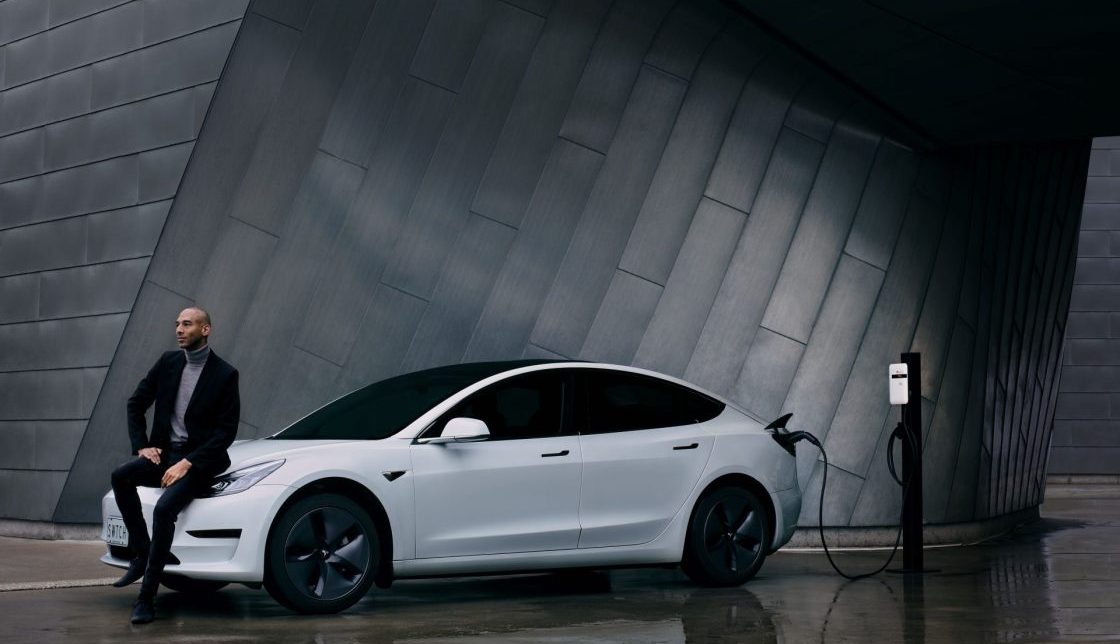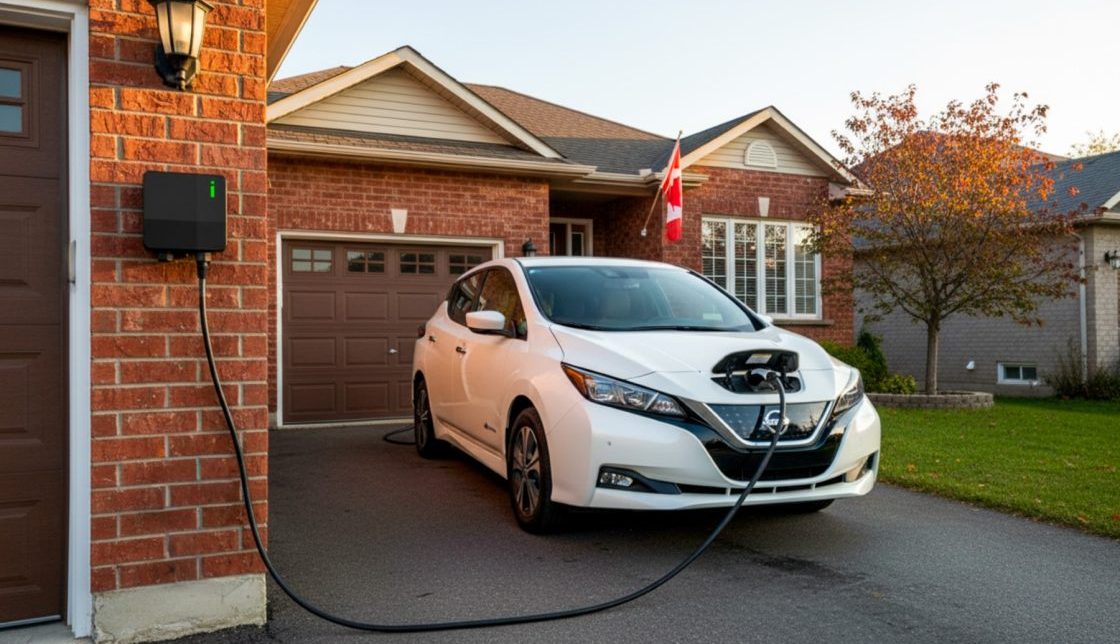Apartment EV charging: gain a competitive edge with a must-have new amenity
We’re in a funny spot for EV chargers at apartment buildings. Many apartment buildings are choosing not to install chargers because they believe there isn’t enough resident demand. Residents, meanwhile, are sometimes choosing not to purchase an EV because there is no charging at their building.
The reality is, EVs are taking over pretty quickly. Every year, their marker share is increasing substantially. Before too long, they’re going to be just about the only kind of car people can buy. And as that growth continues, demand for apartment EV charging will surge. The buildings that are prepared to offer it are going to have a competitive advantage. Those that aren’t will regret not getting them installed sooner.
Here’s how to get apartment EV charging installed the right way—potentially at a lower cost than you’re expecting—and why it’s worth taking on this kind of project.
Why tenants want apartment EV charging
There’s an oft-cited statistic that 80% of EV drivers prefer to charge their vehicles at home. It’s for a good reason. Public charging, for all its necessity and all the good it does, is more expensive and less convenient. You have to bring a car to a separate location, plug it in, and either leave it sitting for hours unattended or remain in proximity as it completes a fast charge over the course of anywhere from 15 minutes to over an hour. It’s just not ideal.
With at-home charging, a driver simply plugs their vehicle into their charger and then goes into their home to cook, work, watch TV, play with their kids—whatever it is they want to do with their time at home, they can do it. And their car will charge up at the same time.
As the number of EV drivers on the roads grows, the demand for this kind of at-home charging experience will grow, too.
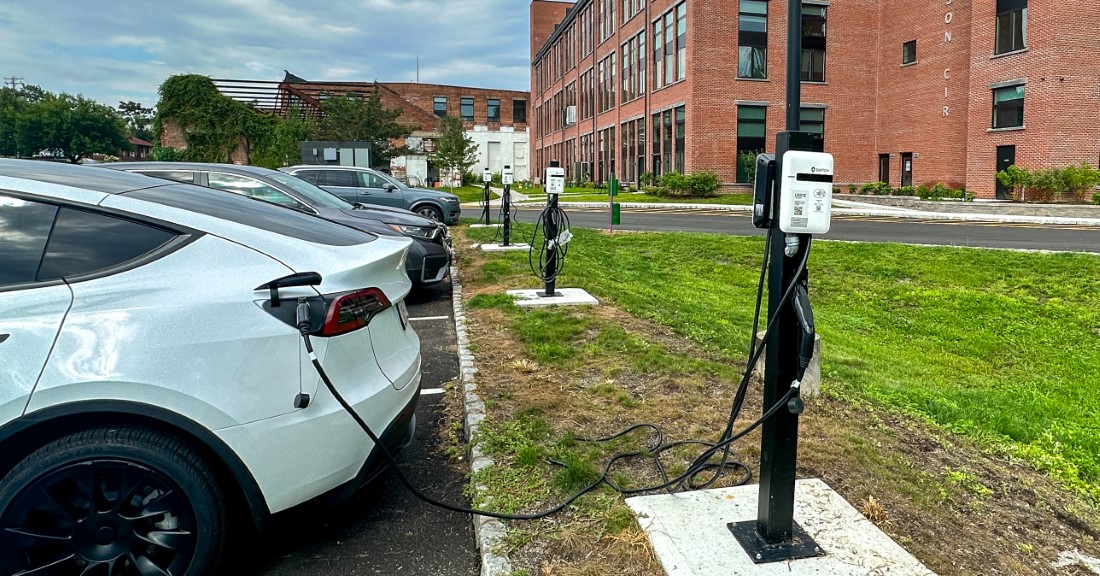
EV charging at apartment buildings brings a competitive edge
Despite the strong preference for at-home charging for apartment dwellers with EVs, there are still relatively few apartments that offer this kind of amenity. This means that those buildings that do are in high demand among EV drivers. Some drivers who are accustomed to at-home charging will flat-out refuse to live in a building that doesn’t offer charging.
In other words, installing EV charging at an apartment building can improve the building’s ability to both attract and retain tenants. This is especially true in areas with limited coverage by public EV charging stations, often including areas with a higher proportion of multifamily housing.
Beyond the immediate appeal that chargers have for EV drivers (or soon-to-be EV drivers), there’s also an opportunity to incorporate EV charging into broader sustainability initiatives and messaging. Tenants are increasingly indicating a preference for properties that are investing in energy-efficient renovations, heat pumps, solar panels, and other green initiatives. Installing EV chargers goes well with this kind of sustainability theme, being a highly visible green amenity that can help tenants make their own greener lifestyle choices.
Overcoming the unique challenges of apartment EV charging
Even when there is high tenant demand for onsite charging, there are a few typical points of friction that tend to make property owners and managers feel as though installing chargers would be too difficult.
Fortunately, all of these challenges do come with rather simple solutions. Through a combination of careful planning, good technology, and proactive education, chargers at apartment buildings are very much possible, and often much less expensive than one might expect.
Outdoor parking: weatherproofing, wiring, and connectivity
If your property’s parking is located outside, there are a handful of details you’ll need to account for to ensure installation and operation go smoothly.
First, wiring and connectivity. In one sense, installation might be easier, in that you have open space to work with, fewer walls and less material to obstruct wireless signals, etc. On the other hand, it also means that you’re likely going to be running cables farther away from the rest of your building’s setup than would be necessary indoors.
Second, weatherproofing for chargers is something to consider. The good news is that there are chargers appropriate to just about every kind of outdoor condition—you just need to ensure you pick the right ones for your area.
Consider whether you need tolerance for extreme heat or cold (or both), along with standard requirements like waterproofing. Your chosen EV charging solution provider should be able to work with you to identify any needs specific to your environment and help secure the best options for your project.
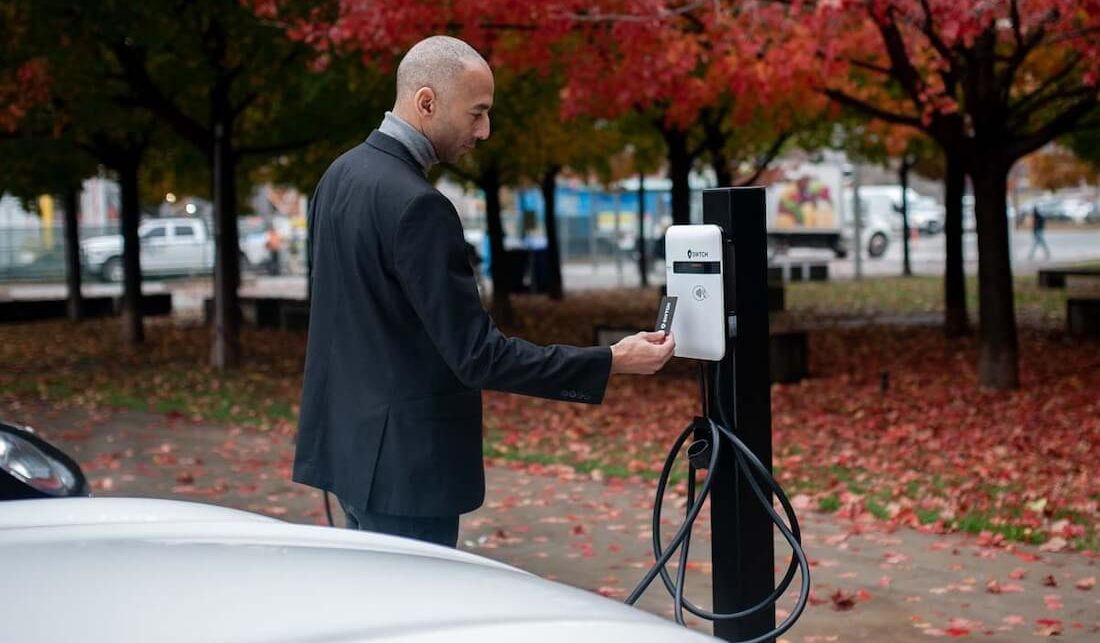
Electrical Capacity Constraints
The majority of apartment complexes were constructed long ago and never built with the idea that there would someday be a need for EV charging stations to be installed at the property. As a result, the existing electrical capacity of the typical apartment building either is, or appears to be, unable to accommodate the additional load that comes from installing EV chargers.
While some upgrades often are necessary, it’s important to note that there are technological solutions that can reduce the sticker shock. “Load management” is a technology that allows chargers to understand how much spare electrical capacity there is in a given moment and limit all connected chargers to only draw as much current as the overall system can spare.
You can read all about this technology in this article, but to sum it up, with load management, it’s possible to reduce the amount of electrical upgrades you need to install and operate EV chargers.
Important considerations when rolling out apartment EV charging
To do a successful job of installing EV chargers in an apartment complex, it’s important to get a few essential details right.
We cover many of these items in more detail in this more extensive guide to multifamily EV charging, but here’s a brief summary of some of the important elements to stay on top of.
Private vs. shared chargers: Some buildings elect to have tenants pay for access to a private EV charger installed at their designated parking spot. Others elect to have a few shared EV chargers accessible to anyone in the building. Each comes with its pros and cons, and you’ll need to determine which works best for your property.
Especially when starting out, you may find the best approach is to let current demand for charging dictate which model you embrace. For instance, if you have several EV drivers but only have budget for a couple of chargers, a shared model will likely be best.
Read more about private vs. shared chargers
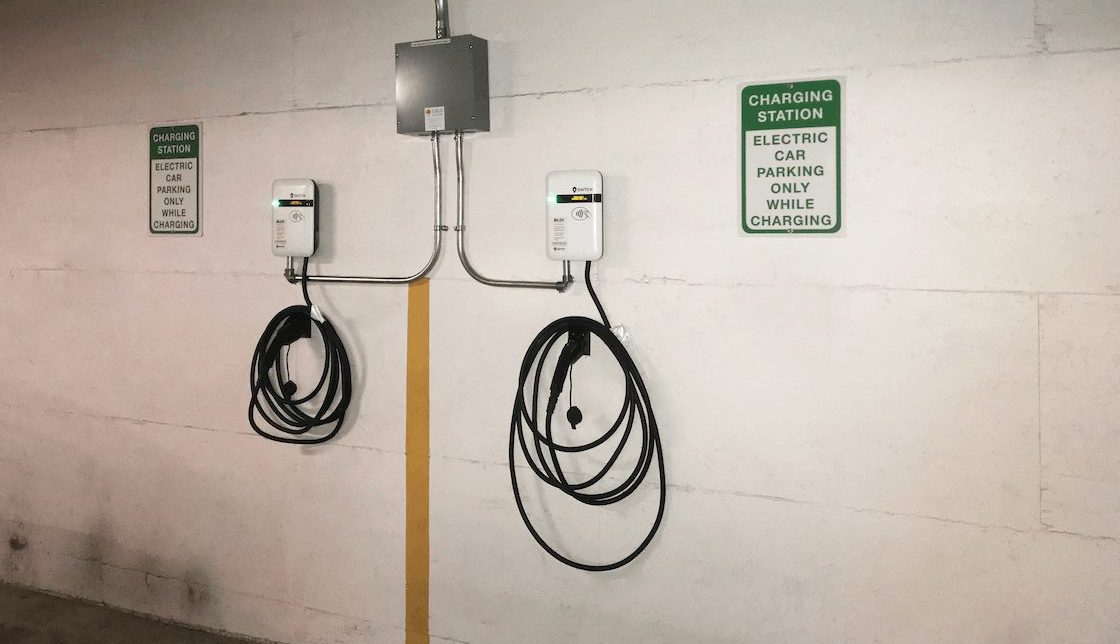
Incentive programs for your area: There are many EV charging incentive programs out there, with funding available at the federal, state/provincial, and even local levels. Depending on where your property is located, you could see nearly the entire cost of a building retrofit + charger installation project covered by this funding. Be sure to secure as much of this funding as you can, and bake the money into your assessments and planning when analyzing how and when to get EV chargers installed at your properties.
Charging rates & ROI timelines: How much do you intend to charge tenants for their charging sessions? Will sessions be billed by the amount of energy delivered to the vehicle or by the amount of time a car spends charging up? And how quickly do you hope you’ll be able to recoup your project’s costs through the fees you charge for access?
These conversations can be quite detailed and often involve a number of variables. It’s important to take a bit of time upfront to make clear your financial model.
That said, provided your EV charging software is sufficiently flexible, you can always establish a preliminary plan and then adjust as you go! If you want to have the freedom to experiment, make this kind of option a criteria when investigation your solutions providers.
Read more about billing and payments
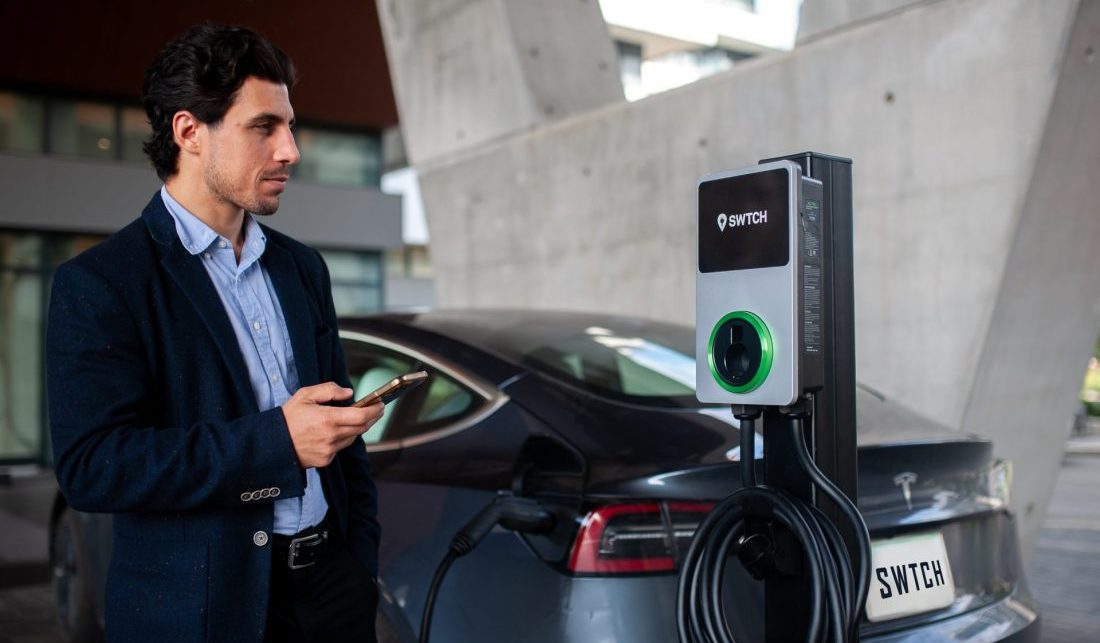
Resident Communication & Education: You’ll have the most success in introducing EV charging if you conduct an information session or hand out resources that help your tenants understand what is being offered. Things like how to access chargers, how payment works, any requirements related to maximum charging duration, and other elements related to using and paying for chargers are all helpful to relate to your tenants.
Apartment EV charging success story: Onni East Village
For a great real-world example of a successful implementation of EV charging at an apartment building, take a look at the Onni East Village building in Los Angeles, California.
- A mix of 30 private and shared EV charging stations
- High charger uptime and reliability
- Immediate competitive advantage in securing great tenants
As a result of a new bylaw requiring that new developments in LA have onsite EV charging, Onni East Village went to work installing 30 chargers for use by tenants and guests.
Intelligent load management helps ensure that energy usage stays within the bounds desired by the property management team, and the reliability and ease of access make using and monitoring this amenity easy for drivers and administrators alike.
Already, the property management team is hearing from tenants that the presence of chargers was a deciding factor for their choosing to live at the building, and that they would not live anywhere that did not offer the amenity.
It’s a great example of the power of EV charging for driving a competitive advantage for apartment buildings, so check it out!
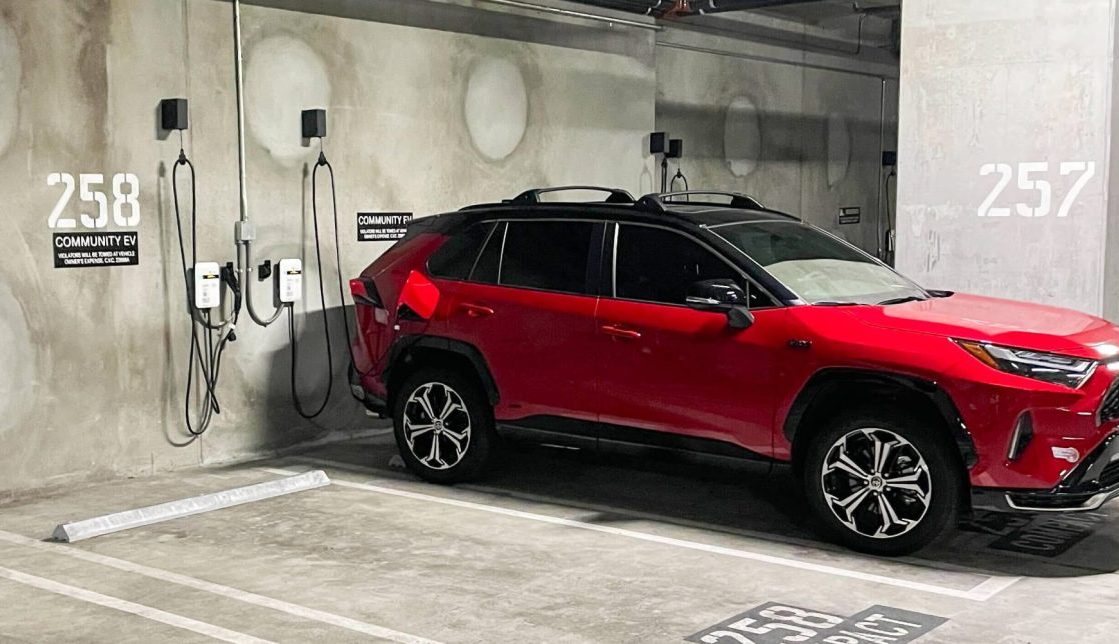
Today, apartment EV charging is a nice differentiator for forward-thinking property owners. Over the long term, it will become a necessary amenity for any building looking to attract great tenants.
Taking the time to review the best practices for installing EV chargers at apartments—and at multifamily properties more generally—will help ensure you spend your money wisely, and acquire the right tools to ensure a great experience for your team and your tenants alike.
It’s a worthwhile investment, and given that incentive programs will not be around forever, it’s an investment worth making as soon as possible.
Want to dig into the details of EV charging for your property?

